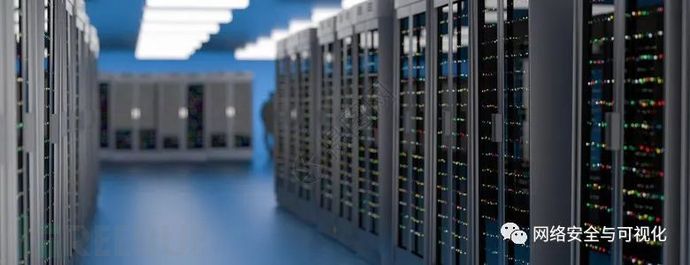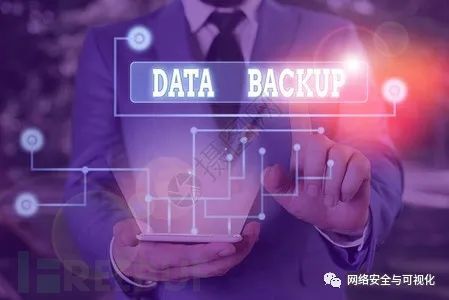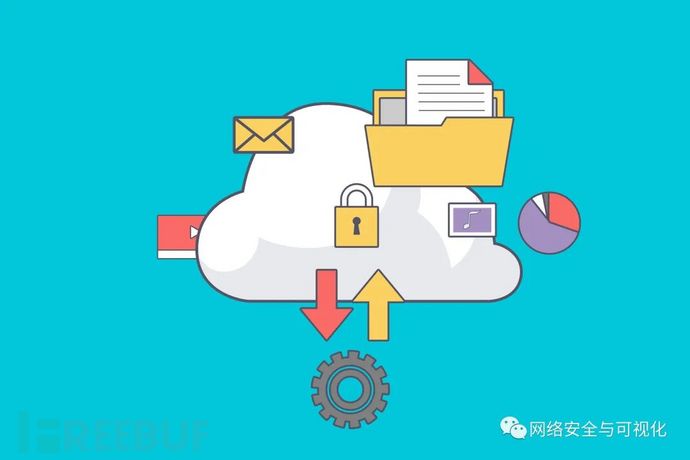
Businesses and organizations have a lot of important data that needs to be protected. If they lose data, their day-to-day operations will come to a halt. You can try to secure your system in various ways, but there is no way to make your system foolproof.
An operating system or hardware can crash, any employee can make a mistake, and disaster can strike at any time, especially when you least expect it. That's why every business has a data backup and recovery plan to help them run successfully without fear of losing everything.
Simplify backup operations
Legacy backup tools are disconnected, multi-point solutions that are complex to manage and require costly upgrades. The solution they sought was uncomplicated and uncumbersome to operate.
That's why enterprises adopt hyper-converged backup and recovery solutions, the ability to update and consolidate their multi-point products into a unified modern platform that can be conveniently managed through a single, global UI. These solutions also provide an infinite, reliable scale-out architecture and cover a full range of workloads including cloud-native, physical, virtual, traditional and modern databases, SaaS managed applications and storage.

Ensure business continuity
Downtime can cause real-time damage to your business operations. This can damage your bottom line and reputation. In this case, legacy backup products fail because they cannot handle fast recovery of multiple virtual machines (VMs) at once. You need to stitch complex data across various backup copies before presenting it for recovery.

That's why businesses rely on modern backup solutions that don't limit recovery capabilities. They use it to perform recovery of hundreds of virtual machines or other datasets in minutes, not days. Therefore, you must choose a solution that helps maintain countless full backup copies.
Maintain remote data backup
In the main approach, enterprises implementing backup and recovery must set up at least one off-site data backup. They use this backup to store their organization's data in a separate data center. Creating a backup at a remote data center ensures that the data is safe from potential cyber-attacks and others, making it a good cloud backup.
Cyber hackers have come up with more advanced methods to break through network security. That's why many companies have fallen prey to ransomware attacks during the pandemic. In response to this threat, businesses are now also maintaining off-site data backups.

finishing work
Your business priority should be planning your backup and recovery strategy to ensure that nothing is compromised of your data.
If you are a business looking for hardware data encryption security options to create offline backups, please contact us.